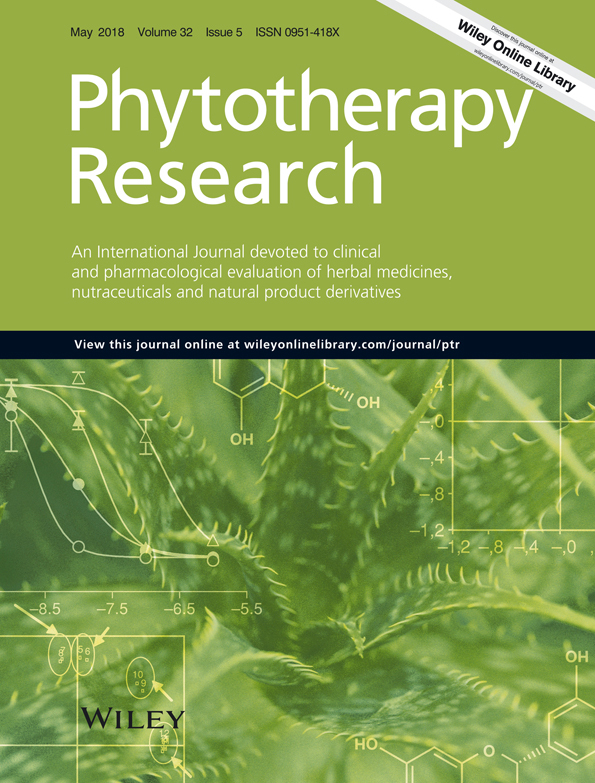Isosamidin, an extract of Peucedanum japonicum, inhibits phenylephrine-mediated contractions of the human prostate in vitro
Abstract
Isosamidin is a pharmacologically active compound extracted from Peucedanum japonicum which is used as a health food in East Asia. Our preliminary animal data suggested that isosamidin may have sufficient potency to treat patients with lower urinary tract symptoms suggestive of benign prostatic hyperplasia or overactive bladder. However, the efficacy of isosamidin in humans is unknown. Here, we examined whether isosamidin inhibits agonist-stimulated contractions in isolated human bladder and prostate tissue strips in vitro. Human bladder and prostate strips obtained from 9 to 10 male patients, respectively, were suspended in organ baths. After administration of isosamidin (10, 30, and 100 μM), concentration–response curves to agonists (acetylcholine or phenylephrine) were constructed by cumulatively increasing agonist concentration. Isosamidin inhibited phenylephrine-stimulated contractions of isolated human prostate tissue strips in a concentration-dependent manner, with significant differences observed between control and 100 μM isosamidin. In contrast, isosamidin had no effect on acetylcholine-stimulated contractions of isolated human bladder tissue strips. Isosamidin may have pharmacological potency in the treatment of male patients with lower urinary tract symptoms suggestive of benign prostatic hyperplasia. Clinical studies are needed to confirm the efficacy and safety of isosamidin in humans.
CONFLICT OF INTEREST
The authors declare no conflicts of interests. Isosamidin was kindly provided by Takara Bio Inc.




